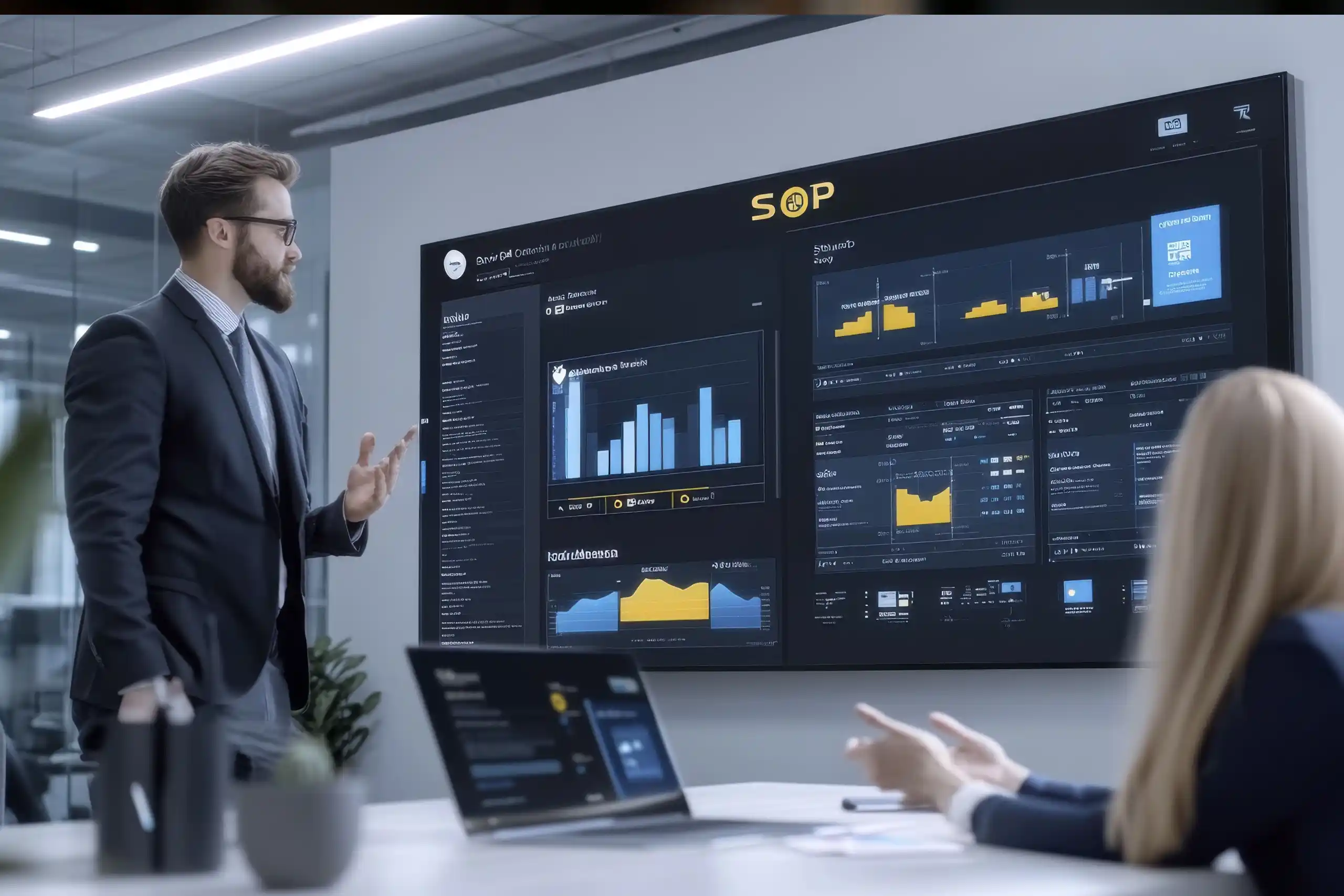
See Through the Noise.
Secure What Matters.

Secure What Matters.
Home / Filtra AI
Enhancing Security Operations
with Intelligence and Efficiency
Modern AppSec programs rely on multiple tools such as SAST, DAST, and SCA that often generate thousands of alerts, many of them duplicates or false positives. Filtra brings clarity and precision to this process.
Powered by AI and graph-based analytics, Filtra acts as an intelligent layer between your scanners and your security team. It learns from your historical triage data, suppresses false positives, correlates related issues, and prioritizes vulnerabilities based on exploitability.
The result: fewer distractions, faster remediation, and higher accuracy — all without changing your existing CI/CD pipelines.

Capabilities
Powered by AI and contextual intelligence, Filtra streamlines vulnerability management by reducing false positives, correlating related findings, and prioritizing exploitable risks.
Trained ML Engine
- Learns from historical triage data, code patterns, and exceptions
- Suppresses false positives with up to 85% accuracy
- Reduces analyst effort by 60%

Trained ML Engine
- Learns from historical triage data, code patterns, and exceptions
- Suppresses false positives with up to 85% accuracy
- Reduces analyst effort by 60%

AI-Powered Correlation
- Uses graph-based AI to connect related vulnerabilities and misconfigurations
- Reveals root-cause patterns and lateral threat links
- Provides a unified, contextual view of true risks

AI-Powered Correlation
- Uses graph-based AI to connect related vulnerabilities and misconfigurations
- Reveals root-cause patterns and lateral threat links
- Provides a unified, contextual view of true risks

Contextual Risk Scoring
- Confidence scorer that applies proprietary exploitability scoring
- Uses NLP-based analysis of code and data flow
- Uses Anomaly Detector to uncovers rare /suspicious patterns using advanced unsupervised learning

Contextual Risk Scoring
- Confidence scorer that applies proprietary exploitability scoring
- Uses NLP-based analysis of code and data flow
- Uses Anomaly Detector to uncovers rare /suspicious patterns using advanced unsupervised learning

Tool-Agnostic Integration
- Works with different tools of various application security methodologies like SAST, DAST, or SCA
- Supports hybrid approach and automated CI/CD integration
- Improves DevSecOps efficiency without process changes

Tool-Agnostic Integration
- Works with different tools of various application security methodologies like SAST, DAST, or SCA
- Supports hybrid approach and automated CI/CD integration
- Improves DevSecOps efficiency without process changes

Role-Based Dashboards
- Offers tailored views for developers, analysts, and leaders
- Tracks triage trends, risk posture, and performance in real time
- Delivered through a flexible SaaS model

Role-Based Dashboards
- Offers tailored views for developers, analysts, and leaders
- Tracks triage trends, risk posture, and performance in real time
- Delivered through a flexible SaaS model

Use Cases

Reduced Noise Across Tools of Different AppSec Methodologies
Eliminate redundant and low-fidelity alerts from SAST, DAST, and SCA scanners to reduce alert fatigue by up to 70%.

Focused Remediation for Faster Response
AI correlation and contextual risk analysis help teams focus on true, exploitable vulnerabilities, improving time-to-market by 50–60%.

Enhanced Accuracy and Confidence
Machine learning models trained on historical data and human validation deliver up to 85% precision in identifying real vulnerabilities.

Smarter Risk Categorization
Risk scoring aligned with MITRE ATT&CK highlights issues with the highest likelihood of exploitation, enabling informed, data-driven decisions.
